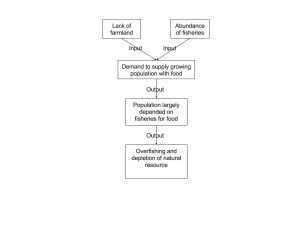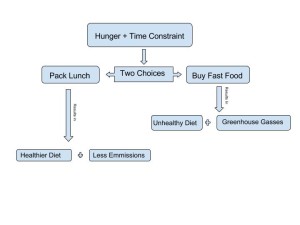Part 1: Air pollution in Mexico City
http://personal.colby.edu/personal/t/thtieten/air-mex.html
The first development case study that I found dealt with the current air pollution issue in Mexico City. The goal of this study was to find out just how much a program to decrease pollution by controlling driving in the city This case study focused on a driving program which banned drivers from driving one day out of the week, depending on their license plates. This particular city is heavily populated, with poor air quality due to their positioning in the mountains. Although the idea was good in theory, this particular program had a number of issues, with convenience being one of the largest. This case reveals how current constituents of Mexico City are unwilling to make sacrifices for later generations. The idea that the people now are unwilling to compromise for the people later frames the idea that Mexico City is making decisions based on Sustainable Development. Air pollution is a global-scale problem, and I think that this large case study done in the 1990’s shows the general attitude of the global population, which is essentially an indirect lack of empathy for the destruction of Earth.
Part 2: Fertility in Sub-Saharan Africa
http://paa2010.princeton.edu/papers/100215
This case study was conducted by David Shapiro, Professor of Economic Demography at Penn state . Professor Shapiro conducted this study in Kinshasa, Africa: the largest city and capital of the Democratic republic of the Congo. The study examines the inverse relationship found between fertility rates and women’s educational attainment in sub-Saharan Africa. Professor Shapiro’s study greatly relates to our development module as it examines the way a particular sub-Saharan African city develops through the relationship between fertility rates and women’s education. In Module 5, we learned just how a number of factors can indirectly create positive influences with in a country, increasing the overall development of the country.
Part 3: Pittsburgh, PA
I did not initially think so, but fertility in Sub-Saharan Africa and Air Pollution in Mexico City are similar to the development of my hometown. I live in Pittsburgh, PA, which is famous for the Steel Mills. In the mid 1900’s when industrialization was increasing popularity even more so, Pittsburgh started seeing similar air pollution issues just like Mexico City. One of the indirect affects of air pollution in Pittsburgh has been an increase of asthma, increase of low-birthweight, as well as an increased risk for heart and lung disease. Although the business changed and the steel mills stopped, Pittsburgh can learn a lot about the efforts of Mexico City to decrease air pollution. Groups Against Smog and Pollution, GASP, is heavily in charge of clean initiatives in Pittsburgh. Ideas about less driving could be implemented in my town with minor adjustments from the original case study. The study in Sub-Saharan Africa also mirrors Pittsburgh because of the increase of educational opportunities. The prestigious universities in Pittsburgh, as well as the current push for jobs are showing that the more schooling a woman has, the older she is when she has children, and she is less likely to have a lot of children.


